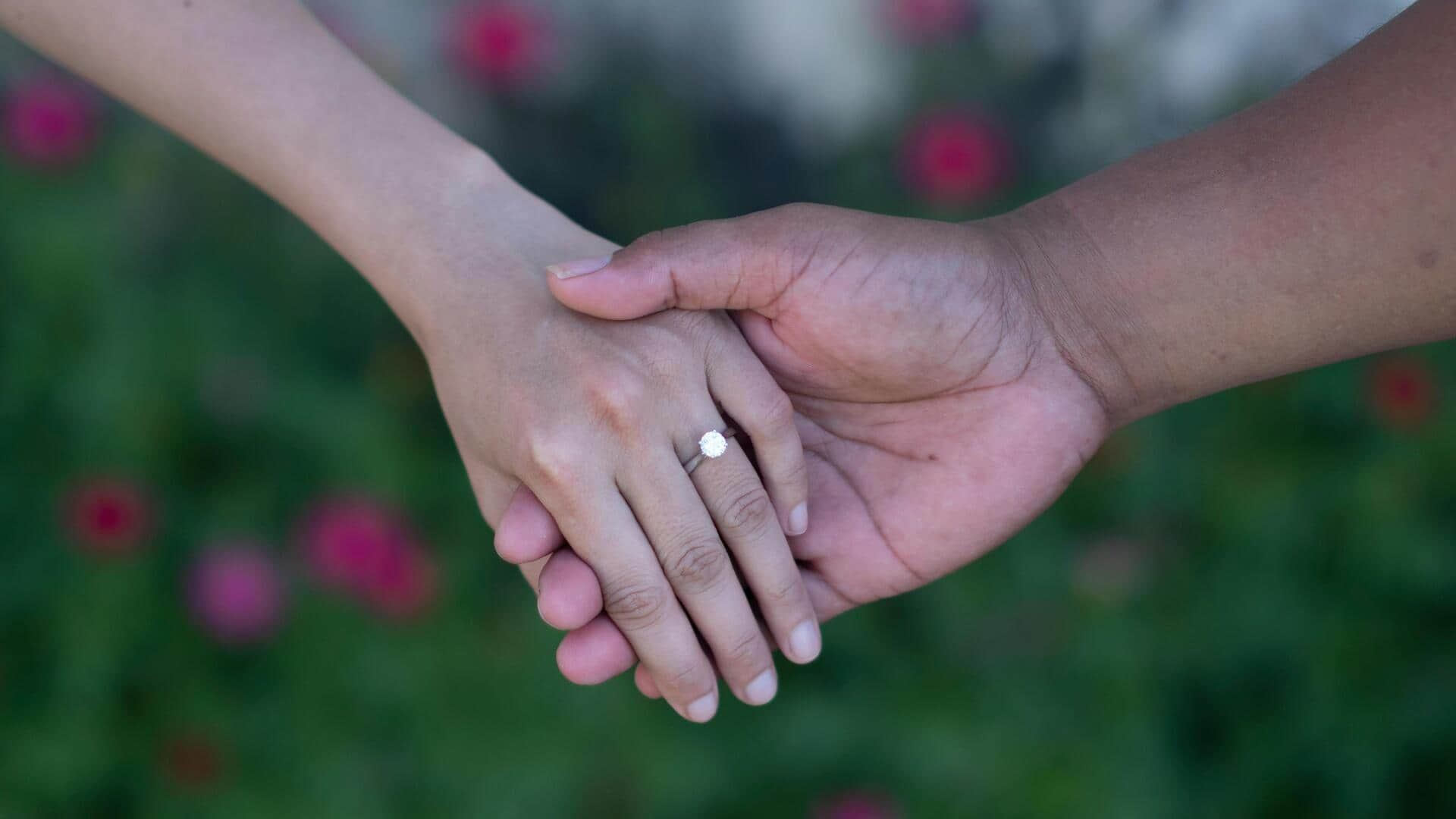
Inside Filipino weddings: Heartfelt traditions that celebrate family
What's the story
Filipino weddings are a beautiful blend of traditions and customs that emphasize family ties and community. These ceremonies are not just about the couple, but also about the families coming together. The rituals, which are steeped in cultural significance, are a way to celebrate unity and support from loved ones. Here are some unique Filipino wedding traditions that highlight the importance of family in these joyous occasions.
Family gathering
The 'pamanhikan' tradition
Pamanhikan is an important pre-wedding ritual where both families meet to discuss wedding details. This gathering is not just about planning; it is a way to strengthen family bonds. During this meeting, families talk about the wedding date, venue, and other arrangements while enjoying a meal together. It emphasizes cooperation and mutual respect between families.
Collective involvement
'Sabay-sabay' or group participation
Sabay-sabay means collective participation from family members during the wedding ceremony. It can be singing, dancing, or performing traditional rituals together as a group. This practice highlights the importance of working together as one unit, with each member playing an important role in making the celebration memorable.
Pre-wedding devotion
'Simbang Gabi' before the wedding day
Simbang Gabi is a series of early morning masses held nine days before Christmas Day. Some couples opt to attend these masses before their wedding day as a way of seeking blessings for their future together. This tradition reinforces spiritual unity within families while preparing them for the upcoming celebration.
Gesture of honor
'Mano' as a sign of respect
Mano is a Filipino tradition where younger people show respect to elders by taking their hand and placing it on their forehead. It is usually done during weddings when both families meet. The gesture signifies humility and respect, strengthening family ties. It is an essential part of Filipino culture, showing how important it is to honor elders in the community.